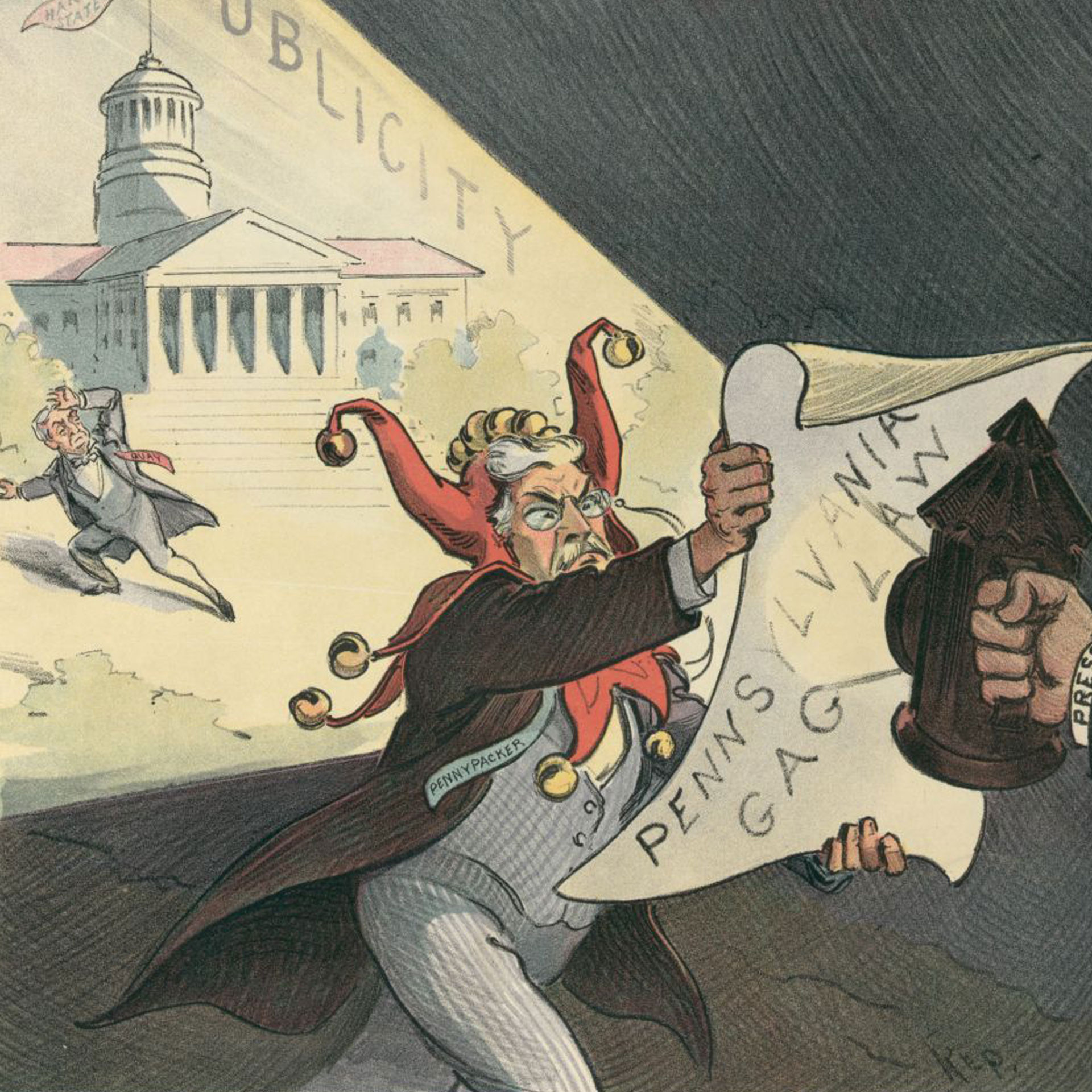
Saddam’s Favorite Artist
the dictator who loved bad fantasy
They say you shouldn’t judge a book by it’s cover, and though I agree with underlying moral, let’s face it, we all do. We judge books by their covers all the time! Odds are you don’t have the time or money to read far enough into every book that interests you in order to make a qualitative judgement of its contents. So you take the easy path and get the one with the best cover. No shame in that! I use the same strategy for picking wines and it’s never steered me wrong.
If you’re an old school nerd like me, a real card-carrying member of the Waldenbook Otherworlds club, you’ve purchased many a book based on nothing more than an eye-catching cover. Chances are are that some of those books had covers by one of the true masters of the art, Rowena Morrill.
Born in 1944, Rowena was an Army brat who moved around a lot. She went to college but dropped out when she got her MRS degree. The life of a housewife, though, was one she found tremendously unfulfilling. She tried to alleviate her boredom by taking classes at the local learning annex. One of those classes was drawing, ands Rowena turned out to have a real knack for it. After her marriage disintegrated, she enrolled in the fine arts program at the University of Delaware. She graduated in 1971 and began pursuing a masters degree at Temple University’s Tyler School of Arts, but did not graduate.
Rowena found herself working a series of odd jobs: catalog illustrations, portrait painting, photo retouching. Then one day, she found herself in the offices of Ace Books editor Charles Volpe, who hired her to do a cover painting for a romance novel. And then a few horror novels. And eventually an awful lot of fantasy and science fiction novels.
I’m trying to think of the best way to quickly describe Rowena’s style and failing. The first phrase that comes to mind is “van art” — you know, the sort of fantasy scenes you’d find airbrushed on the side of a Dodge Ram with quadrophonic sound and shag carpeting in the back? — but that’s too reductive. To be sure there are elements of that in her art, nubile women who look like Playboy bunnies and hunky bare-chested men with rippling abs, though since her heyday was the 1980s the men aren’t quite as chiseled as they would be today and the women all have big hair and French cut bikini bottoms.
What makes Rowena stand out from her contemporaries isn’t so much the content of her work as its style. She used thin layers of oil paint and high-gloss glazes to create satiny, seductive images. She knew how to create evocative scenes that made you eager to see what happened next, and how to lead your eye around the image with vivid colors and dramatic lighting. She could be photorealistic when she needed to be, impressionistic when she didn’t, and how to balance both approaches in the same painting. And from an editorial perspective, she also knew how to make an image that could stand on its own, but still worked when over a third of it was obscured by the author’s name and title in embossed metallic ink.
Rowena always spoke about her work in self-deprecating terms:
I was looking for a way to make a living and it paid the rent… [The paintings] were high camp. I always found them hilariously funny.
She shouldn’t have been so humble. Fantasy art isn’t exactly my jam, but even I can tell she was one of the masters. Apparently I wasn’t the only one.
On Sunday, April 13th, 2003 Rowena received a telephone call from her sister, who said that her paintings were on TV. Rowena switched over to CNN, and sure enough, two of her old jobs kept popping up behind Wolf Blitzer as he nattered on.
They were covers she had done in the early 1980s for books by swords-and-sandals schlockmeister Andrew J. Offutt. (Technically I think the books were written around the covers, but that’s not important to the story.) The first painting, King Dragon, depicts a hungry-looking dragon swooping down on a buxom bikini-clad beauty who arches her back to receive him, looking for all the world like Jennifer Beals in Flashdance. The second, Shadows Out of Hell, depicts a frantic barbarian being wrapped up and devoured by a giant serpent that dwarfs, uh, his own serpent while a cruel blonde wearing nothing more than a few feathers lounges in front of a demonic idol and feigns disinterest in the whole scene.
Why were they on CNN? Because they were hanging on the wall of one of Saddam Hussein’s Baghdad townhouses, which had been used as his sons Uday and Qusay as a “love nest.” That pleasure palace had just been seized by American troops during the 2003 invasion of Iraq.
In the mid 1980s Rowena sold several paintings to a Japanese collector for $20,000, including these two, and she hadn’t thought about them since. Now she couldn’t stop thinking about them, and not in a good way.
I was utterly stunned… I can’t say that I take anything coming from a quarter like that as a compliment… If in fact he was looking at my works and thinking anything – I’m very curious.
Rowena and her sister weren’t the only ones who’d noticed King Dragon and Shadows Out of Hell. It turns out the problem with having a recognizable style is that, well, it’s recognizable. Other media outlets noticed and identified her paintings, and what they said about them was not kind.
Joshua Glenn of the Boston Globe called the works “a freaky assortment of paintings that depict ridiculously chesty blondes in string bikinis or nothing at all, being menaced by grotesque monsters, trolls, and dragons.” Jonathan Jones of The Guardian said that the paintings wallowed in “the hysterical aesthetic, the hyper-pornography of power and violence” before making asserting that “Saddam is less elevated in his taste than Hitler.” The BBC called her “Saddam’s favorite artist.”
To those critics I have one thing to say: screw you. Don’t talk to me about “elevated taste” when the most celebrated museums in the world are more happy to display a skull studded with a ridiculous number of Swarovski crystals for the sole purpose of driving up the sale price, a fiberglass statue of a naked anime girl that transforms into a jet plane, and giclée prints of Jeff Koons having sex with his porn star ex-wife. (Or anything by Jeff Koons, for that matter.) Most of the Academic works in the Musée d’Orsay only exist because 19th century gentlemen didn’t have other ways to look at boobs on demand. One of the other paintings in the townhouse was a copy of La Grande Odalisque by Jean-Auguste-Dominique Ingres — is Ingres tacky now? What I’m getting at is that there are plenty of reasons to hate on Saddam Hussein that don’t involve mistaking your aesthetic judgments for objective reality, or slandering a hard-working artist.
Also, the pictures didn’t belong to Saddam, but to his son Uday. Uday was apparently a huge sci-fi/fantasy dork, who even outfitted his father’s irregular “Fedayeem Saddam” units in outfits patterned after Darth Vader’s armor. Uday may be one of the more extreme cases, but he is a perfect example of the uncomfortable amount of overlap between science fiction fans and literal fascists. On the lighter side you have folks like the 501st Legion, the folks who dress up like Imperial Stormtroopers at conventions; on the darker side you’ve got the furries who were recently booted from Anthrocon for dressing up in Nazi and Confederate outfits. At first glance, once of these groups seems a lot more benign than the other, but you know what? Space fascists are still fascists.
“But #13,” you say, “the 501st Legion are good guys! They work with the Make-A-Wish Foundation! They’re just drawn to things that look cool, and it’s not their fault the villains look cooler!” I agree with you! For the most part they are just good people responding to aesthetics of Star Wars. Thoughtlessly responding, which is the problem. That’s how the Nazis get you. They make things seem simple, cool-looking, maybe even a bit mythic, and then the next thing you know you’re an accessory to genocide.
As is the case with many things in life, Norman Spinrad summarized it best.
In the hands of a cynical hack, these action-adventure parameters can be responsible for pornography of the most obscene species, the masturbatory manipulation not of our sexual arousal, which at worst may result in compulsive onanism, but of our violent arousal, which at best results in a catharsis of suppressed rage, and which at worst results in war…
For political morality aside this leads directly to a prevalent literary vice: the degeneration of sophisticated storytelling into a stylized plot skeleton based on escalating sine waves of tension and release, in which stirring scenes of physical combat at the peak points of the plot replace thematic and personal epiphanies as dramatic resolutions…
Shorn of its inner spiritual heart, shorn of Gully Foyle’s climactic mystical democracy or Paul Atreides’ tormented ironic prescience, the tale can only become what Hitler made of Neitzche… without the moral vision of a Bester or the tragic irony of a Herbert, the inner light of the story is lost and in place of a paradigm of spiritual maturation we are left with only the pornography of power, with the egoistic Faustian masturbation fantasy of the fascist mystique, with the reader’s hands in his tight black leather pants as he envisions himself as the all-powerful Übermensch in the ultimate catbird seat.
Norman Spinrad, Science Fiction in the Real World
To illustrate his point, Spinrad wrote an entire book, The Iron Dream, which is a work of fiction from an alternate timeline where Adolph Hitler abandoned politics and became a science fiction illustrator and author. It was a fascist power fantasy with Nazi overtones — and the only thing that set it aside from 90% of the books it was shelved with was that it was up front about being a fascist power fantasy with Nazi overtones.
But I digress. Let’s get back to Rowena. I don’t think you can say she was guilty of promoting fascism, either consciously or unconsciously. I can concede that the very underpinnings of her works can be problematic… but what creative works aren’t, at some level? Even Ziggy cartoons are problematic. I think the best and simplest thing we can say is that Uday’s love for science fiction and fantasy tells us more about him than it does about her. Though given what I just said about simple explanations…
For her part, Rowena was discovering that not all publicity is good publicity. Over the next several months she was forced into damage control mode, releasing press releases full of obvious statements like, “I utterly hate Saddam Hussein. I loathe everything he is and everything he stands for.” I remember seeing her table at the 2003 Pittsburgh Comicon, which was dominated by a very large sign explaining that she did know Saddam personally and had never sold him any of her paintings. She seemed ragged, like she’d been having a lot of late nights without sleep.
In the long term, well, it all just kind of died down. Rowena made a brief attempt to regain ownership of her works. A subsequent investigation revealed that the original paintings were still in Japan, and the ones hanging in Saddam’s townhouse were merely high-end reproductions. The furor died down, and Rowena’s reputation slowly recovered.
Anticlimactic, I know, but sometimes that’s just how life goes.
In 2006 the original King Dragon was sold at a Heritage auction for $12,000.
Rowena Morrill passed away on February 11, 2021.
As far as I know, the two reproductions are still the property of the Republic of Iraq.
Preview of Series 12
We’re putting the final touches on Series Twelve right now, so how about a quick preview? It’s spooky season, so we’re turning up the creep factor with two episodes about cryptozoology and one about some serious Forteana. Don’t worry, though, we still have episodes touching on weird stories from history, politics, religion, and science.
As usual, here’s a spoiler-free list of some the sources we’ve used for our research.
- I Awaken To Glory
- Stranger Than Fiction
- Other Tongues, Other Flesh
- Four Famous Mysteries
- Hunting Monsters: Cryptozoology and the Reality Behind The Myths
- For Christ Will Come Tomorrow
That’s all for now, initiates. We’ll be back on October 17th with an episode we’re calling, “Kings of Pain.” Right now, though, I’m gonna go hide from the Grand Jackalope and sleep off all this wine. So until then, quicquid minime sciunt, optime scire.
Corrections
Earlier versions of this article shaved about a decade off of Rowena’s life, placing her death in 2011 instead of 2021.
Sources
- Carpenter, Charli. “Rethinking the Political/Science/Fiction Nexus: Global Policy Making and the Campaign to Stop Killer Robots.” Perspectives on Politics, Volume 14, Number 1 (March 2016)
- Fenner, Arnie. “Remembering Rowena and Gary.” Muddy Colors, 1 Mar 2021. https://www.muddycolors.com/2021/03/rowena-gary/ Accessed 11/9/2021.
- Glenn, Joshua. “Tyrant’s taste.” Boston Globe, 25 May 2003.
- Goldiner, Dave. “Shag-dad art is mine!” New York Daily News, 15 Apr 2003.w
- Jones, Jonathan. “Look at the size of those missiles.” The Guardian, 15 Apr 2003.
- MacRae, Meghan. “What Do Saddam Hussein and the Children of God Cult Have In Common? Rowena Morrill.” Cult Nation, 4 Mar 2021. https://cvltnation.com/what-do-saddam-hussein-and-the-children-of-god-cult-have-in-common-rowena-morrill/ Accessed 11/9/2021.
- Malone, Irina Ruppo. “What’s Wrong with Medievalism?” Tolkien, the Strugatsky Brothers, and the Question of the Ideology of Fantasy.” Journal of the Fantastic in the Arts, Volume 2, Number 2 (2016).
- Milner, Andrew and Savage, Robert. “Pulped Dreams: Utopia and American Pulp Science Fiction.” Science Fiction Studies, Volume 25, Number 1 (March 2008).
- Morrill, Rowena. The Art of Rowena. London: Bluetag, 2000.
- Odd, Wyatt D. “From Rowena to Vader — Saddam Hussein’s Secret Fandom.” Scifi.radio, 3 Nov 2017. https://scifi.radio/2017/11/03/rowena-vader-saddam-husseins-secret-fandom/ Accessed 11/9/2021.
- Pilsch, Andrew. “Self-Help Supermen: The Politics of Fan Utopias in World War II-Era Science Fiction.” Science Fiction Studies, Volume 41, Number 3 (November 2014).
- Santesso, Aaron. “Fasciscm and Science Fiction.” Science Fiction Studies, Volume 41, Number 1 (March 2014).
- Scott, Jeffrey. “Collectibles market goes way of Saddam.” Atlanta Constitution, 20 May 2003.
- Spinrad, Norman. The Iron Dream. New York: Avon Books, 1972.
- Spinrad, Norman. Science Fiction in the Real World. Carbondale, IL: Souther Illinois University Press, 1990.
- “Saddam’s Favorite Artist.” BBC News, 14 May 2003. http://news.bbc.co.uk/2/hi/middle_east/3025163.stm Accessed 11/9/2021.
Links
Categories
Tags
Published
First Published:
Last Edited:


